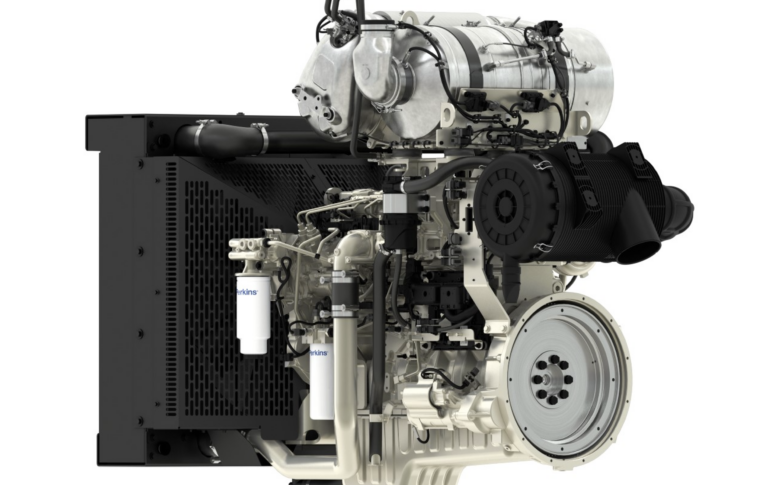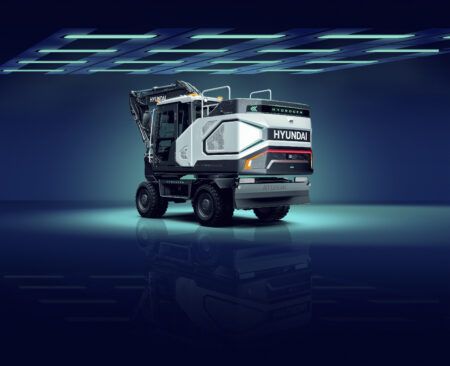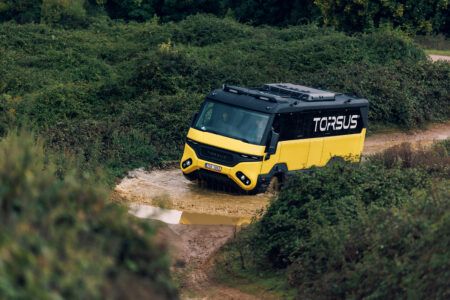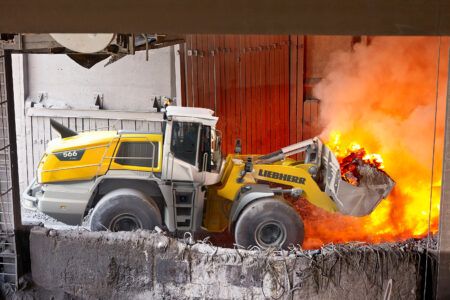Keith Brown, technical manager at DiPerk Power Solutions and exclusive supplier of Perkins engines, talks through some of the challenges when producing Stage V equipment, and adds his recommendations for best practice
The delay of the introduction of Stage V emissions legislation due to disruption caused by the pandemic was a relief to many. While original equipment manufacturers (OEMs) are well underway in designing and manufacturing compliant equipment, the extension to June 30, 2021 to incorporate all pre-stage V engines and December 31, 2021, to place them on the market, provides welcome breathing space.
However, it can be a big task for an OEM to transition all its 19 to 560 kW equipment to Stage V compliance. The major change is the requirement to add aftertreatment technology to reduce the amount of particulate matter released, which requires additional hardware with further requirements for plumbing and maintenance.
Though there is a grace period, businesses hoping to sell to customers that supply to sites near Greenfield land or in London may benefit from preparing their Stage V equipment earlier, as these sites may require emissions information and for assets to be registered. For agriculture OEMs, such as crop sprayer manufacturers, there is an additional benefit of Stage V, because more advanced engines mean manufacturers can design equipment with a similar footprint, but a different power range, meaning they can produce different models that use the same engine type at different ratings.
Time to make space
Though some engine manufacturers, including Perkins, have designed complete power packages, equipment still commonly requires redesign for Stage V compliance. In many cases, the addition of aftertreatment technology, such as diesel particulate filters (DPF), means OEMs have to redesign their engine compartment to accommodate the additional hardware. A DPF is commonly bolted onto the top of the engine and increases the height of the engine, for example, requiring redesign of the engine housing or enclosure.
To overcome this challenge, OEMs may consider mounting the aftertreatment equipment remotely, but this creates additional complications in where to mount it, how to do it, and importantly, additional testing. Most OEMs opt not to do this, for these reasons.
Another difficulty is that not all engines in current production will evolve into Stage V products. In this case, OEMs may need to source an alternative engine, taking them back to square one.
Start early
The best approach is to obtain a model of the Stage V engine and aftertreatment device from your engine supplier as early as possible. You can utilise the CAD model to identify if you have space and establish if there are any clashes, to determine if you will need to make any changes to your machine design. This will involve assessing every interface that your equipment will connect to the engine including electricals, controls, exhaust, air inlet, fuel and more.
The aftertreatment device offers optimum performance when the equipment is working hard. On a construction site, machines often sit idle, which can cause problems in the SCR, which relies on the exhaust being hot. Designing in features such as idle shutdown, where the machine will automatically turn off if left idle may solve this challenge. However, it can increase the requirement for servicing or interventions.
There are several new design considerations as a result of Stage V. For example, engines with selective catalytic reduction (SCR) technology may require changes to the engine control module (ECM). The ECM controls the Adblue pump, so when the engine is turned off, the Adblue pump can draw the fluid out and back into the tank. Therefore, electrical power to the engine cannot be cut until the process is complete or it can lead to crystallisation, freezing or leaking in the pipes. You may therefore need a permanent battery connection to the ECM to overcome this.
At Stage V your engine will have NOx sensors that measure the difference in NOx between the engine and the aftertreatment to help control NOx emissions. Some engines have a tailored pipe that makes it easy to add a sensor, which makes the process easier, but the OEM would still need to find an off-engine location for the electronic NOx controller. Another challenge is how to avoid debris and dust being drawn into the radiator, which can be achieved either by fitting custom fans to draw debris out of the radiator core.
A close relationship with your engine supplier will help you to understand the design limitations so you can work around them. The supplier should also be able to provide guidance on best practice, what is and isn’t allowed and if any planned changes will impact emissions. With this input, you can establish a plan for your product.
Configuring, set up and testing
Stage V introduces additional tests to perform on the engine, alongside additional parameters to configure in the ECM. One benefit is that OEMs now have different ways to control the engine speed; conventional throttle, power take-off (PTO) speed, and various other ways of setting the speed, so users can switch between power curves, something useful in mobile equipment.
Your engine supplier can test the fuel system, exhaust and engine filtration systems are all working correctly and that they meet the requirements of the engine. For example, if the fuel temperature or return pressure is too high, this could be a result of using the wrong size or length of hose or too small a fuel tank. If they identify a problem, they can help you to rectify it, to provide reassurance that your design will be able to run in the field without issues.
Have confidence
Ultimately, it is importance that OEMs have confidence in their products and their suitability for the application. While many OEMs are learning the ropes of Stage V, Perkins has over a decade of experience with aftertreatment. Perkins offers a range of Stage V technologies including SCR, DPF and diesel oxidation catalysts (DOC). They are all designed and optimised for each engine model to maximise efficiency and reliability.
DiPerk supports customers using Perkins technology by helping them to integrate the engine into the OEM’s application, acting as a partner to provide advice and expertise throughout the transition, giving additional breathing space on an already extended deadline.





